Composite Bonding
Cosmetic bonding also known as teeth bonding or aesthetic bonding is a very popular and conservative method utilised to restore the appearance and function of teeth.

Composite Bonding
Cosmetic bonding also known as teeth bonding or aesthetic bonding is a very popular and conservative method utilised to restore the appearance and function of teeth.
What is composite bonding?
Cosmetic bonding also known as teeth bonding or aesthetic bonding is a very popular and conservative method utilised to restore the appearance and function of teeth.
It involves the use of a tooth-coloured resin material to copy the shape, size, colour and characteristics of your natural teeth.
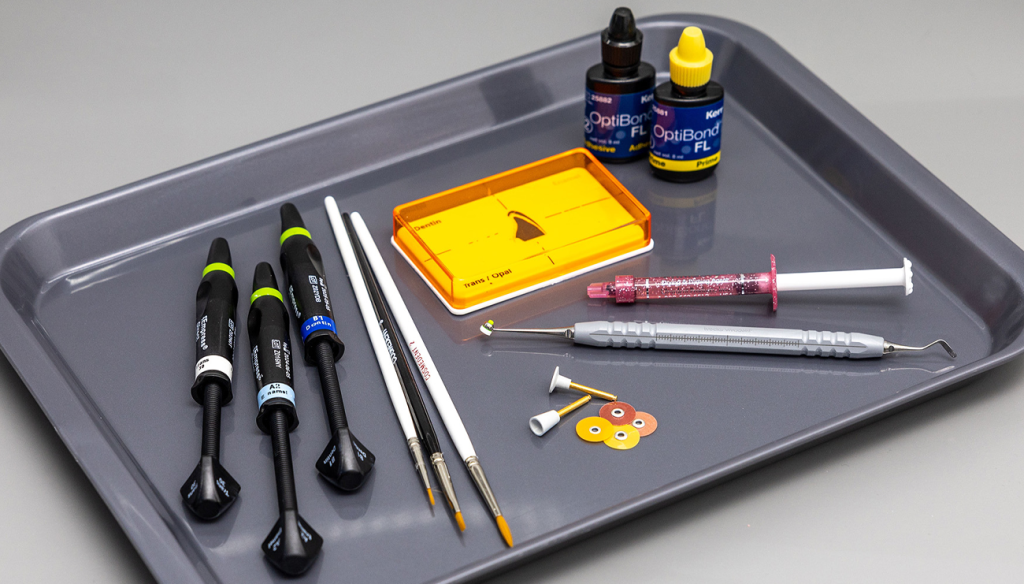

What is composite bonding?
Cosmetic bonding also known as teeth bonding or aesthetic bonding is a very popular and conservative method utilised to restore the appearance and function of teeth.
It involves the use of a tooth-coloured resin material to copy the shape, size, colour and characteristics of your natural teeth.
What is composite bonding used for?
There are several indications for composite bonding:
What is composite bonding used for?
There are several indications for composite bonding:
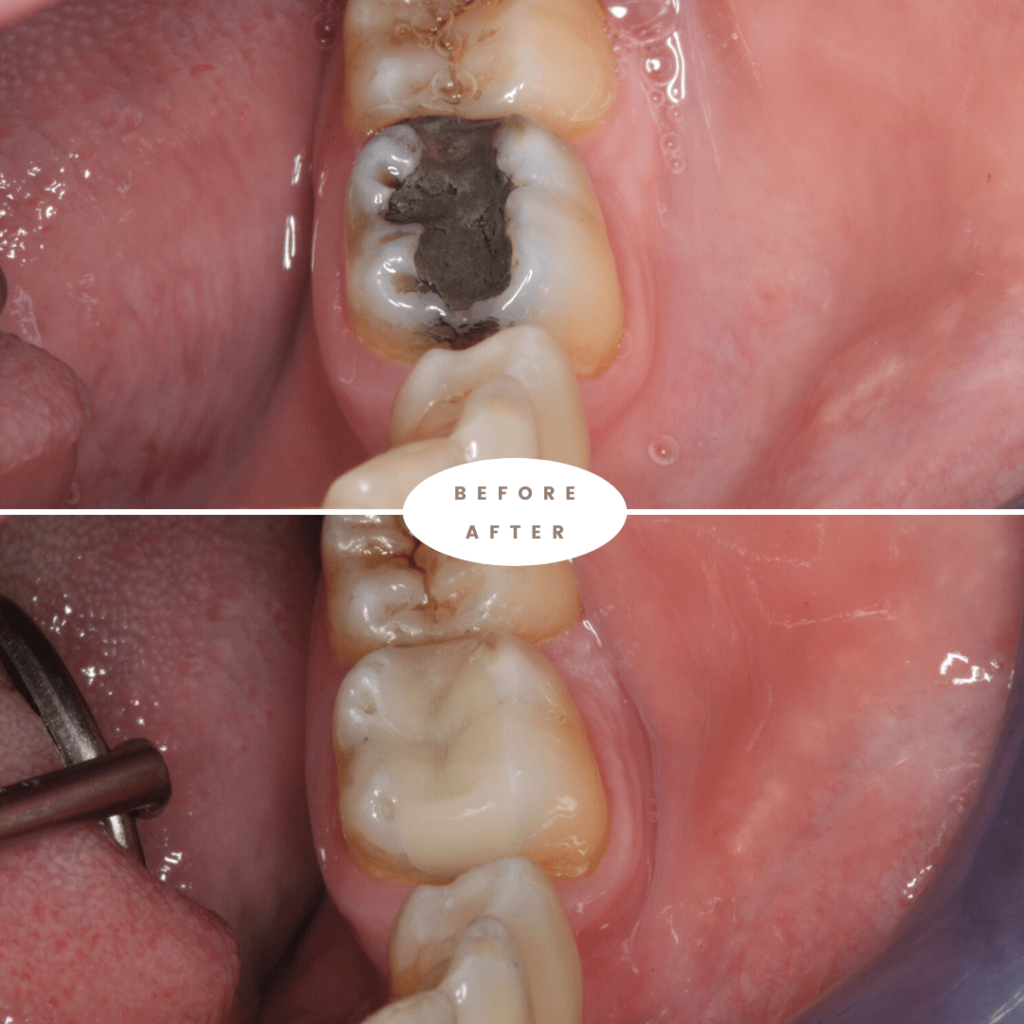
Restoring decay
Nowadays bonding is the method of choice to restore tooth decay both on back and front teeth. It is a much better alternative to amalgam fillings in terms of aesthetics and strength.
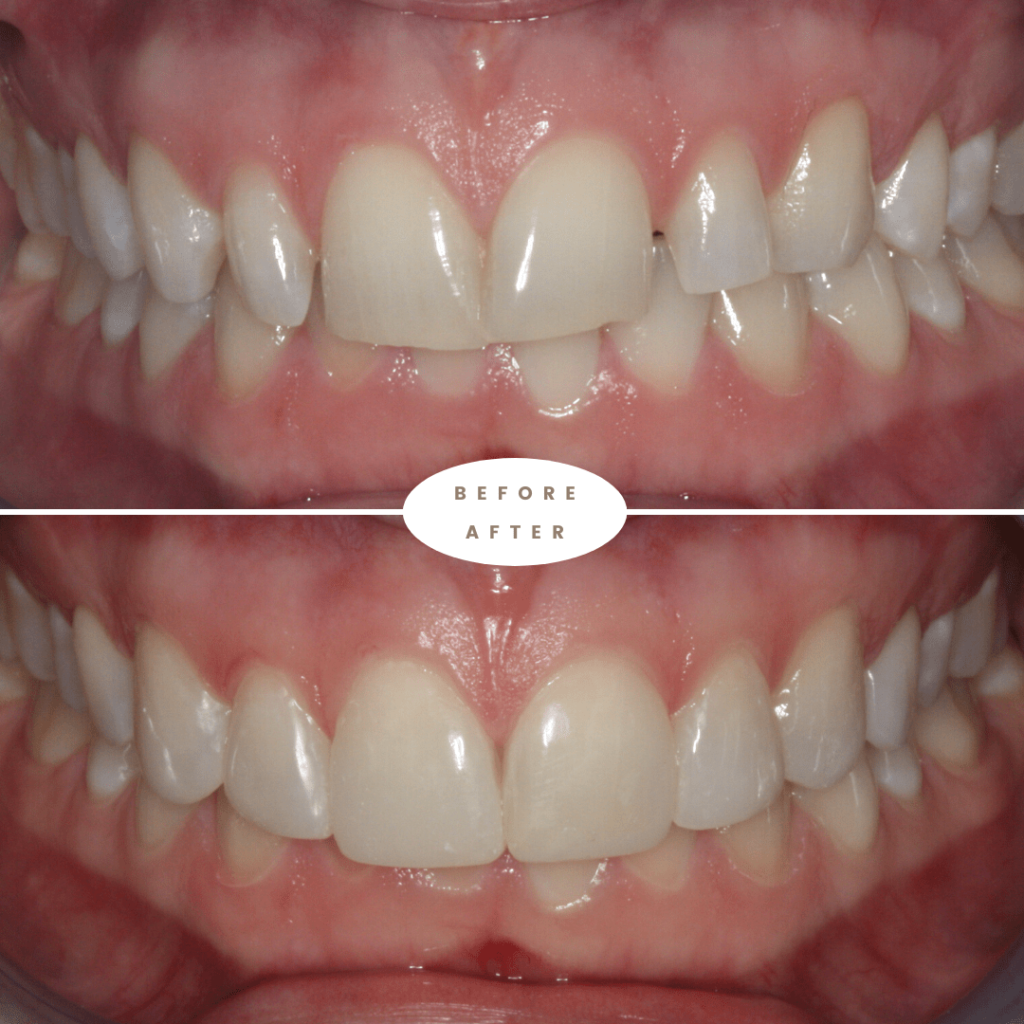
Cosmetic purposes
Bonding is a very popular choice when small modifications are needed on front teeth, to improve aesthetics. It can be used to improve the shape, size and position of the front teeth, most of the time without the need of local anaesthetics and removal of tooth structure.

Restoring decay
Nowadays bonding is the method of choice to restore tooth decay both on back and front teeth. It is a much better alternative to amalgam fillings in terms of aesthetics and strength.

Cosmetic purposes
Bonding is a very popular choice when small modifications are needed on front teeth, to improve aesthetics. It can be used to improve the shape, size and position of the front teeth, most of the time without the need of local anaesthetics and removal of tooth structure.
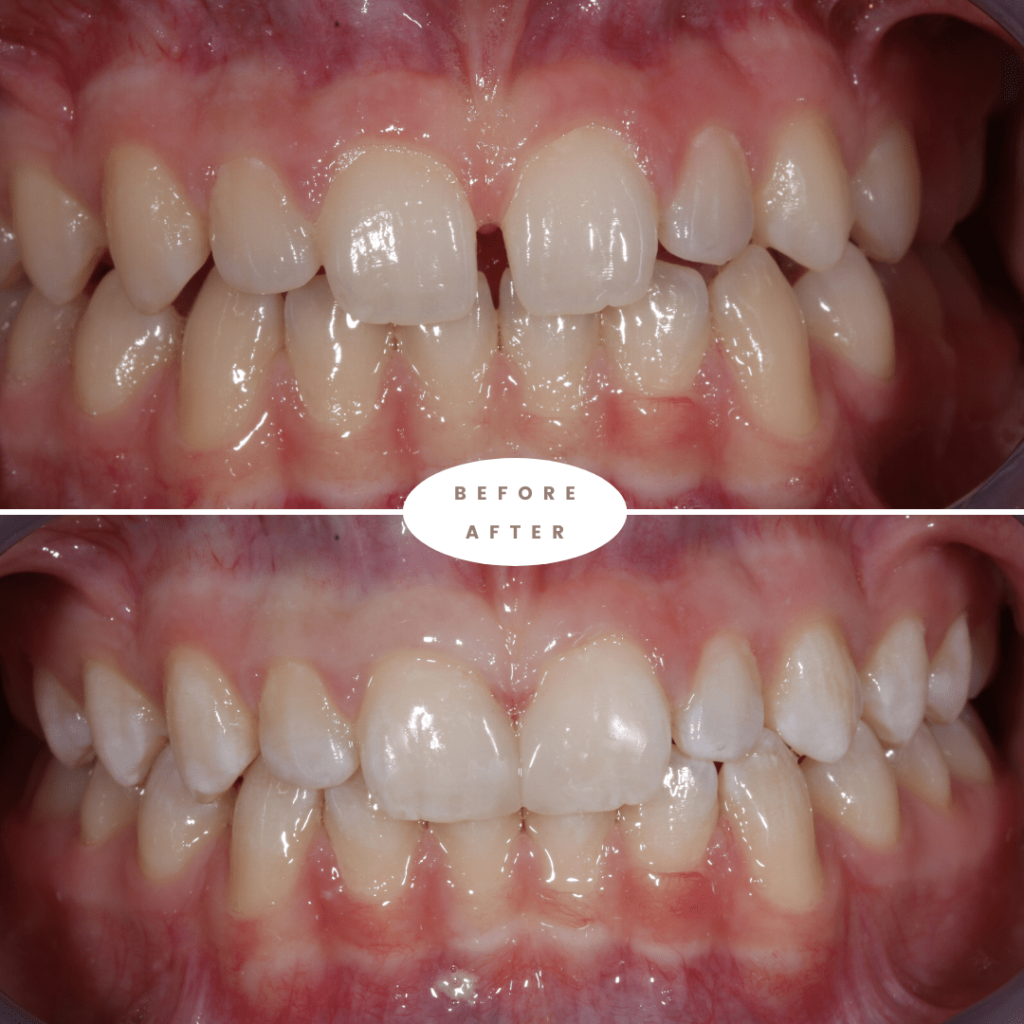
Closing gaps between teeth
Another popular use of composite bonding is to close diastemas. Resin can be added and shaped to close gaps in a very natural way.
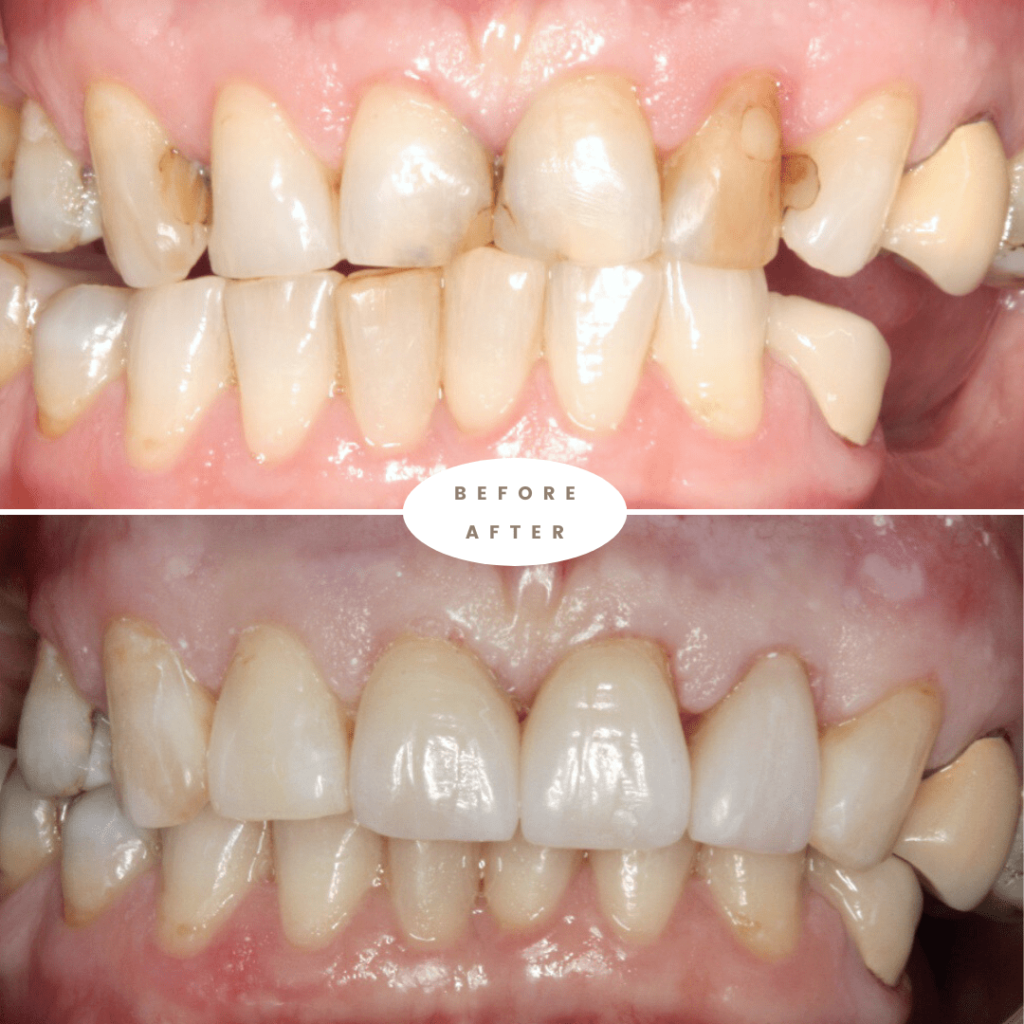
Improving the appearance of discoloured teeth
Composite veneers can be used to cover discoloured teeth, when whitening by itself can’t fix the issue (for example on root-canal-treated teeth).

Closing gaps between teeth
Another popular use of composite bonding is to close diastemas. Resin can be added and shaped to close gaps in a very natural way.

Improving the appearance of discoloured teeth
Composite veneers can be used to cover discoloured teeth, when whitening by itself can’t fix the issue (for example on root-canal-treated teeth).
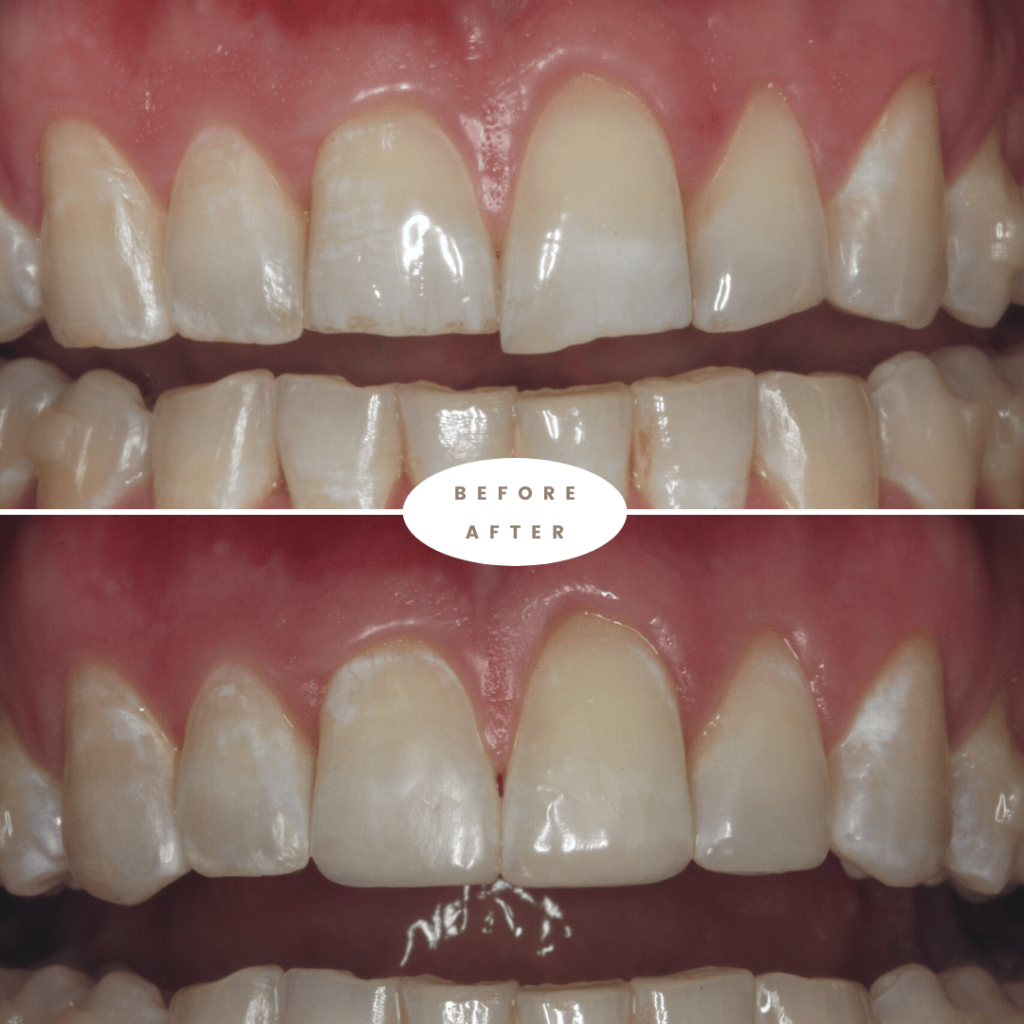
Fixing chipped and worn teeth
Over time, front teeth tend to get chipped and worn down, creating uneven edges. This can be corrected by adding composite to replace the original missed tooth structure, restoring shape and size. This not only protects the remaining tooth, but also gives the smile a natural and young look.
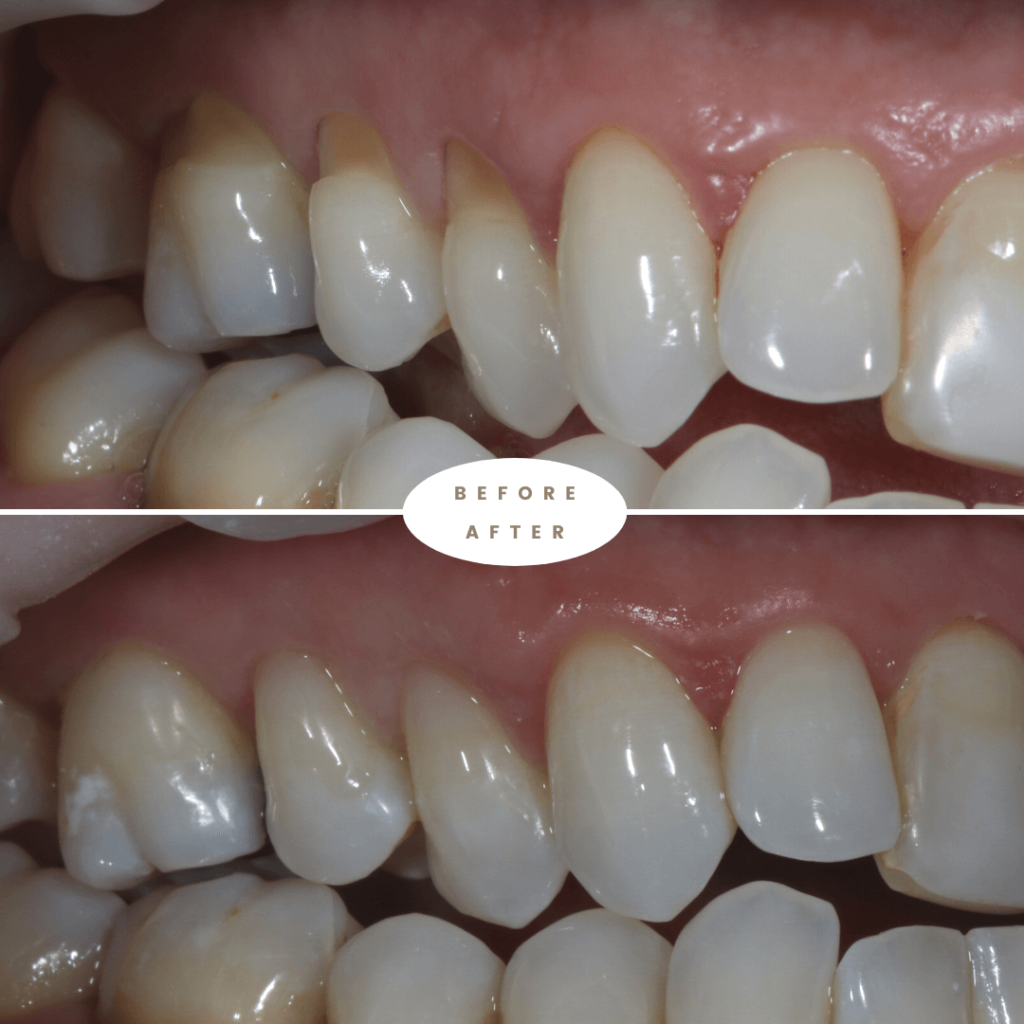
Covering roots exposed from gum recession
Gum recession is very common in adults and can cause tooth sensitivity, from the root being exposed and unprotected. Composite resin can be used to cover and restore it, which improves the sensitivity and protects the fragile root surface from more wear.

Fixing chipped and worn teeth
Over time, front teeth tend to get chipped and worn down, creating uneven edges. This can be corrected by adding composite to replace the original missed tooth structure, restoring shape and size. This not only protects the remaining tooth, but also gives the smile a natural and young look.

Covering roots exposed from gum recession
Gum recession is very common in adults and can cause tooth sensitivity, from the root being exposed and unprotected. Composite resin can be used to cover and restore it, which improves the sensitivity and protects the fragile root surface from more wear.

How does composite bonding work?
Firstly, the tooth surface is cleaned and prepared with etching and adhesive agents, to create the connection between the tooth structure and the resin material.
Then the shade of the resin is chosen to match the tooth and small layers of composite resin are placed and “shaped.” These layers are hardened by a special UV curing light. When the process is finished, the restoration is adjusted and polished. A bonding procedure usually takes from 30-60 minutes per tooth, depending on the case.

How does composite bonding work?
Firstly, the tooth surface is cleaned and prepared with etching and adhesive agents, to create the connection between the tooth structure and the resin material.
Then the shade of the resin is chosen to match the tooth and small layers of composite resin are placed and “shaped.” These layers are hardened by a special UV curing light. When the process is finished, the restoration is adjusted and polished. A bonding procedure usually takes from 30-60 minutes per tooth, depending on the case.
What are the advantages of bonding?
There are many advantages of cosmetic bonding including:
- Cost. Bonding is one the most cost-effective restorative dental procedures.
- Conservative. Minimal or no removal of tooth structure.
- No need for local anaesthetics for cosmetic procedures.
- Easy maintenance. Bonding is easy to maintain and repair.
Dr Patricia is an expert in composite bonding and can transform smiles with her artistic skills and eye to detail. By using the exclusive “layering technique”, her restorations mimic the natural tooth structure with its different layers of translucency and texture, making them invisible.
What are the advantages of bonding?
There are many advantages of cosmetic bonding including:
- Cost. Bonding is one the most cost-effective restorative dental procedures.
- Conservative. Minimal or no removal of tooth structure.
- No need for local anaesthetics for cosmetic procedures.
- Easy maintenance. Bonding is easy to maintain and repair.
Dr Patricia is an expert in composite bonding and can transform smiles with her artistic skills and eye to detail. By using the exclusive “layering technique”, her restorations mimic the natural tooth structure with its different layers of translucency and texture, making them invisible.
Before & After Treatment
Before & After Treatment
If you’re ready to start smiling more, come and visit us in our Sydney CBD dental clinic



